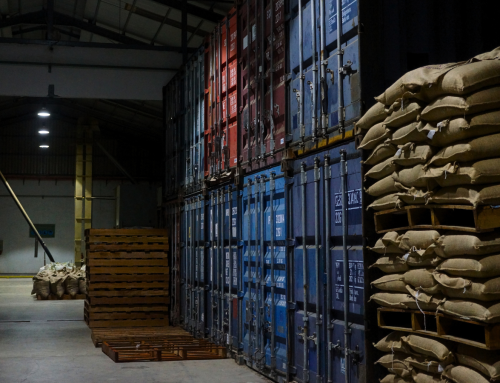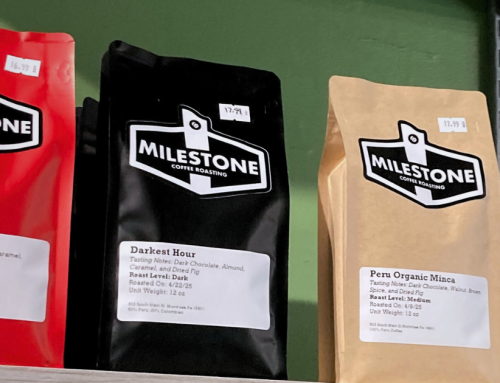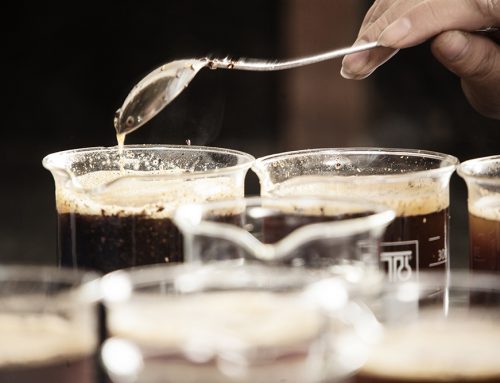Fresh Costa Rica green coffee shipments land at Genuine Origin’s warehouses soon. In preparation for the new arrivals we talked to Volcafe Costa Rica, our sister company, about what’s going on. Our team shared some insights and updated us on what’s been happening since last year.
Looking Forward to Costa Rica Green Coffee
Volcafe Costa Rica is the country’s largest exporter, and 35% of the total production volume goes through our sister company every year. That means there are a lot of opportunities to discover the next big thing in coffee innovation.
After the honey processing boom, producers have shifted towards anaerobic and thermic experiments. “Some farmers have mastered anaerobic processing, while others are still in a trial-and-error phase,” said Ricardo.
We’re especially excited to cup incoming samples of single-varietal lots, a single-producer lot from a woman in Tarrazú, and a Blue Zone microlot from Costa Rica very soon. But esoteric microlots are not the only coffees on the table. We’re eagerly looking forward to clean, washed Costa Rica coffees and, one of our perennial favorites, San Diego Honey.
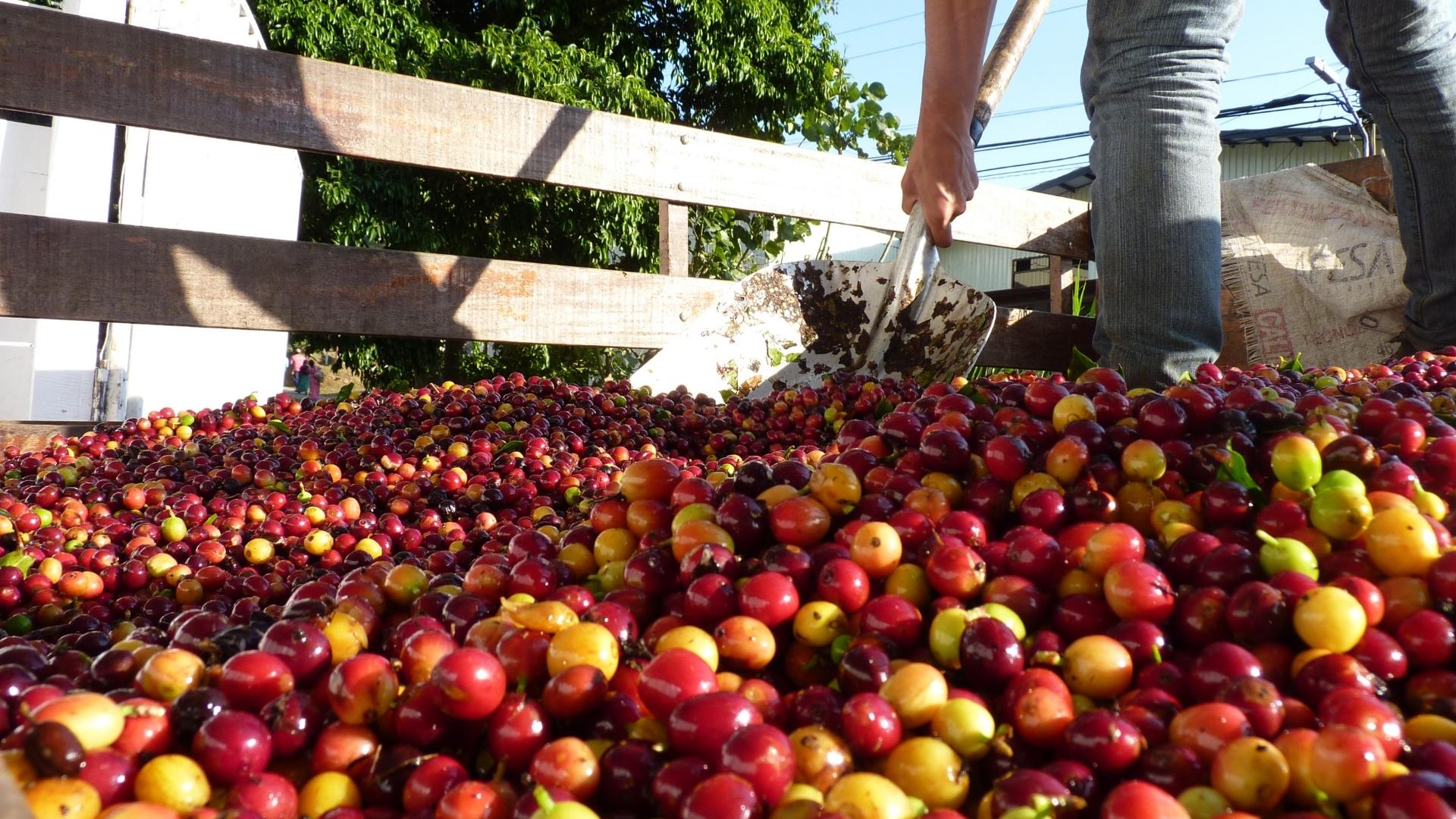
Costa Rica | Shoveling coffee cherry
Costa Rica Coffee Harvest | Today & Beyond
People can’t get enough Costa Rican coffee – literally. Unfortunately, the 21/22 harvest yielded 7% less volume than expected, resulting in the smallest crop in the last 50 years. Most Central American coffee-producing countries reported lower harvest volumes due to a range of variables including weather and disease (of both human and agricultural variants).
Ricardo Gonzalez, one of the Specialty Coffee Traders at Volcafe Costa Rica, was surprised by last year’s noticeably light harvest, but it wasn’t all bad news. “Quality has been really good this year, and it has improved considerably from last year. We were worried about harvest labor because of COVID-19, but it never became a problem,” he says.
Although the weather in Costa Rica remained favorable for most of the 21/22 harvest, higher precipitation levels led to an increase in fungal outbreaks in coffee plants in lower altitudes. “The crop was a lot earlier than it was supposed to be. We started seeing coffee in October and November,” says Ricardo. “Even the harvest in Tarrazú ended in January/February. We usually see pickings wrapping up in March and April.”
Looking beyond the 21/22 harvest, Ricardo reported that, “the flowerings for this year have been promising. So if everything continues moving forward in the same way, we can expect a good crop for 22/23.”
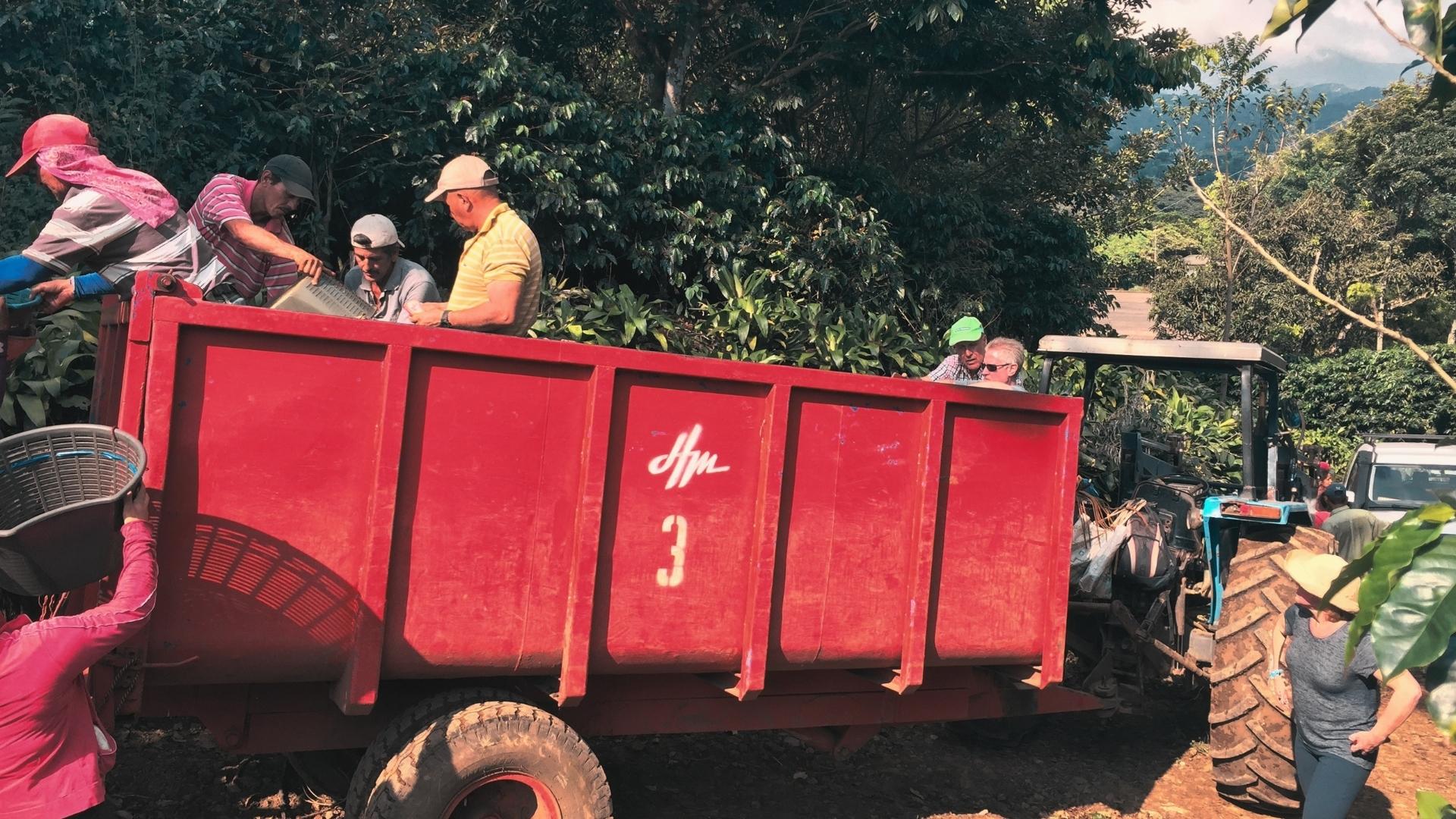
Costa Rica harvest
Global Supply Chain Challenges
Despite favorable weather conditions, inflation remains a threat. Increased prices for raw inputs such as fertilizer could hamper growth of future crops. Geopolitical and macroeconomic events like shipping congestion, Russia’s invasion of Ukraine, and trucker shortages in the US put pressure on operational costs that were already inflated by the pandemic.
“Because the C-market is going up, farmers in Costa Rica are definitely getting more money for their coffee, especially since the crop volume was lower,” Ricardo shared. “Fortunately, increased prices for coffee helped offset some of the increased fertilizer costs for producers.”
Costa Rican coffee has also been hammered by logistics. This season Volcafe Costa Rica was eager to export coffee, but lacked containers. In an industry where the product degrades quickly, transportation is critical. Container repositioning is a problem for many coffee-producing countries. Juan Alvarez, Logistics Manager at Genuine Origin, forecast at least 18-24 months more until the shipping industry gets back to smooth sailing.
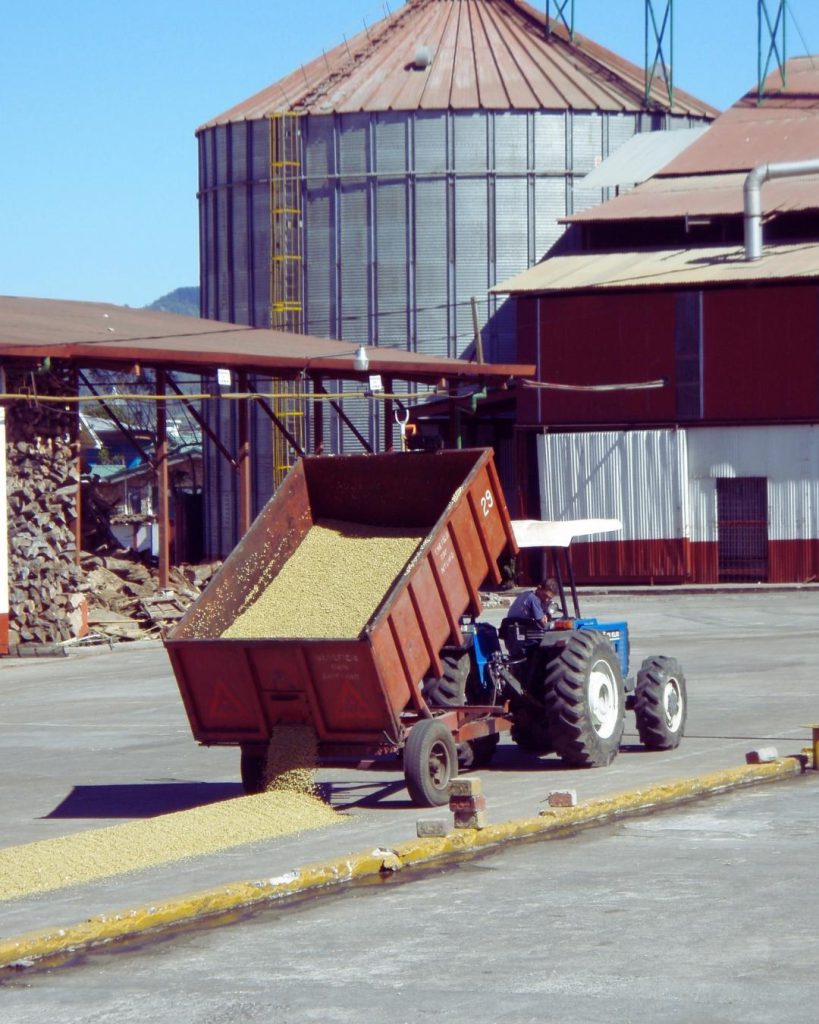
Letting Costa Rica green coffee dry at San Diego mill
Competition at the Coffee Mills
Meanwhile, mills in Costa Rica are fighting over pieces of an ever-shrinking green-coffee pie. “Producers here have many options for where to sell their coffee, With the C-market rising, they were shopping around at different mills to get the best price,” Ricardo told us.
Volcafe Costa Rica’s infrastructure includes five wet mills throughout the country and a dry mill in San Jose, as well as 63 receiving stations in Tarrazú, 34 in Santo Domingo, 50 in Perez Zeledon, and 5 in Paramo. Thousands of producers deliver coffee to the Volcafe mills and receiving stations, and Volcafe Costa Rica maintains producer loyalty through services that go beyond fair prices.
“We have never failed them,” said Ricardo. “The farm and technical assistance we provide to producers is a big plus. When coffee growers see improvements on their farms and see stability in their business, they stay loyal.”
A strong asset Volcafe Costa Rica has – particularly as fuel costs skyrocket – is an internal transportation association that moves coffee from mill to mill. “We have an association of workers with their own trucks. Having our own supply of transportation is a great advantage since transportation providers are raising their rates due to a surge in the price of gas,” noted Ricardo.
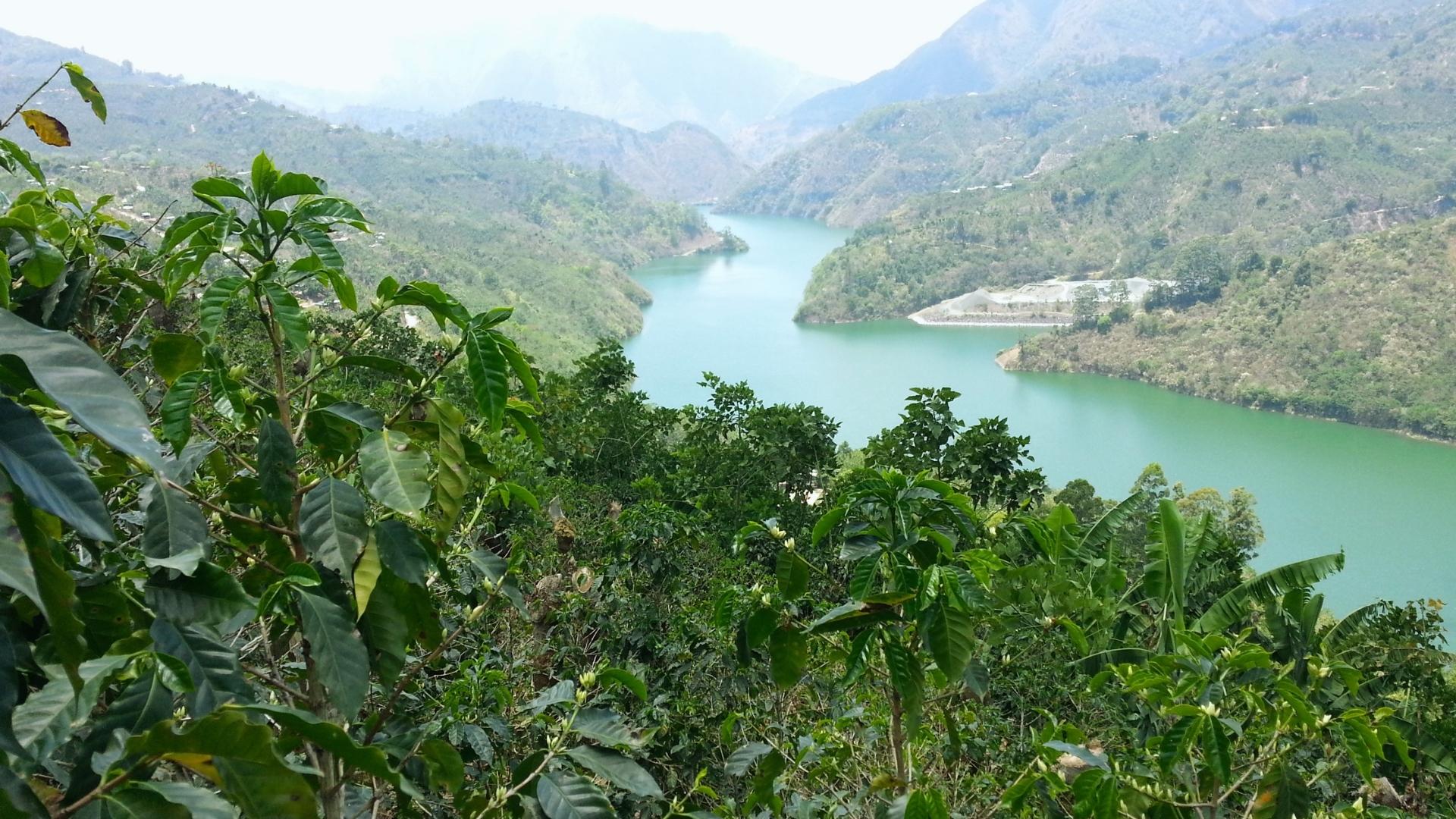
Tarrazu coffee trees with river
Sustainable Coffee Leadership
With 5% of the world’s biodiversity, Costa Rica is a steward of the environment. Volcafe Costa Rica recently set a goal to certify 100% of its coffee producers in Santo Domingo with Rainforest Alliance Certification. Today, over 95% of the farmers that work with Volcafe Costa Rica are RFA certified. The remainder are mainly new farmers who are just starting out with us.
“Whenever a new producer comes to us, we offer them assistance and try to get their entire farm, 100% of their coffee, certified as well,” said Ricardo. “We plan to expand the RFA certification program to the southern regions soon.”
At the same time, Volcafe Costa Rica mills are closing the loop on production byproducts. Ricardo shared, “after we mill coffee, all of the coffee husks are converted into organic fertilizer.. None of the cherries or husks are wasted. The organic fertilizer is given back to the same producers who delivered them to the mill.”
The Case for Costa Rica Premium Coffee
Costa Rica coffees sell at a premium. The country has a reputation for delivering high quality and for innovation – a winning combination. Costa Rica’s quality socio-economic infrastructure programs such as universal healthcare, high education levels, sophisticated agronomy and research, and well-regulated agricultural sustainability programs certainly contribute to the high cost of coffee. Additionally, when coffee roasters buy Costa Rican green coffee, producers receive nearly 80% of the FOB value, guaranteed.
For now, despite lower crop volumes, threats arising from climate change and macro-economic issues stemming from inflation, we can enjoy delicious Costa Rica coffees. Stay tuned for further updates to our Costa Rica green coffee portfolio as we continue to receive the latest lots from the 2022 season.



